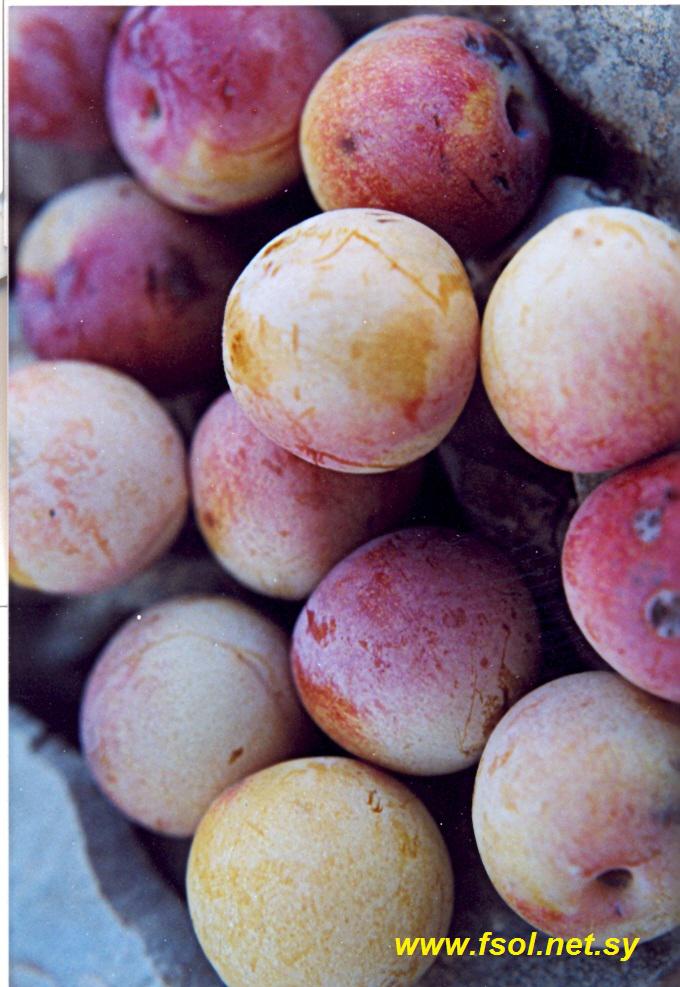Plant BioDiversity
the total number of the species in the flora of Syria amounts to about 3077, which belong to 919 genera and 133 families, which says that there 23 species and 7 genera for each family (Mouterde, P. 1966-1983)
searchVegetation zones
The marine Mediterranean zone
This zone is distinguished by daily and annual small changes in temperature and the complete absence of frost at the sea level. The rainfall amounts to 800 mm/year on the sea level and more than 1000 mm on the higher altitudinal area.
This area comprises the coastal plains of Syria with a large part of Western penetrations of the coastal mountains at a height of 1400 m as in the forests zones in the North of Lattakia, the volcanic plateau around Homs and in addition to the Mediterranean penetrations in the southern parts of Syria (Banias and Himma in the Golan heights).
The vegetation of the area consists of the Quercus sp. and Pistacia sp. forests in addition to a large number of woody perennial and annual grass species, as well as many Orchidaceae and Lamiaceae, which are typical Mediterranean plants
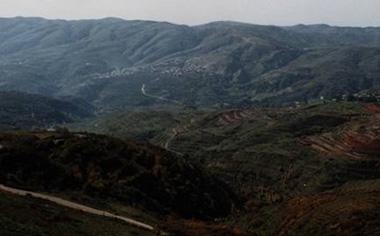
The mountainous zone
At an altitude of 1400 m and the higher part of the coastal and the Anti-Lebanon mountains, a mountain stage of beautiful forests of Cedrus, Juniperus and different Pinus species is found.
A Cedrus libani forest covers about 1000 ha on the eastern slopes of the coastal mountains on calcareous parent rocks, while the Abies cilicica forest is found on the western slopes and it covers about 400-600 ha on either calcareous or dolomite parent rocks.
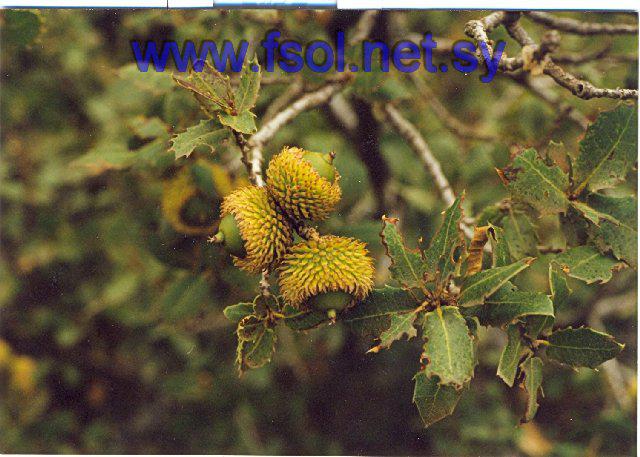
The high mountainous zone
At the altitude of 2000 m in the Anti-Lebanon mountains, the climatic conditions of the low temperature and the existence of snow and long period of frost have drawn a zone of poor tragacanthic vegetation type of the sub-alpine to alpine.
The vegetation of this stage consists of grass species that tend to cluster beside rocks and they have the shape of thorny blocks such as many species of Astragalus, Acantholimon and Noaea. The maquis of this stage are dominated by many species like: Juniperus excelsa, Pyrus syriaca and Amygdalus orientalis.
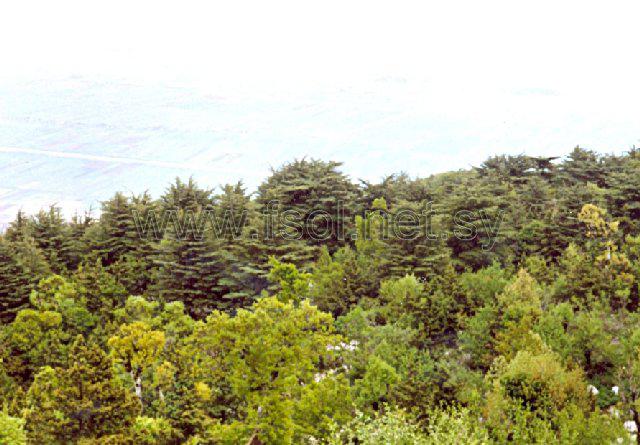
The Syrian climate zone
The Syrian climate is a climate type found in the limited area between the Anti-Lebanon eastwards before reaching the steppes of the arid area. The annual rainfall generally exceeds 250 mm but does not reach 500 mm. This climate appears in Damascus, Houran, Aleppo, Jabal El-Arab and Al-Jazzira area.
The vegetation of those areas comprises scattered formations of shrubs (Anabasis, Salsola, Artemisia and Haloxylon) with penetrations of some trees like: Crataegus azarolus L., Amygdalus korschinskii (Hand.Mazz) Bornm., Pistacia atlantica Desf. and about 500 annual and perennial species.
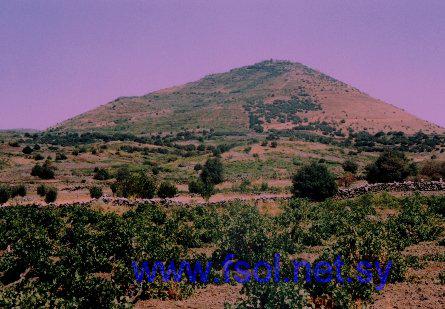
Dry zone (El-Badiah)
This zone occupies more than 55% of the country, where the annual rainfall is less than 200mm/year and falls during the whole winter.
The main vegetation of this zone consists of Salsola vermiculata, Atriplex leucoclada, Atriplex halimus, Artemisia herba-alba and many species of Astragalus, Vicia and Trigonella. Trees are not completely absent, where in El-Balas mountain a relative high density of Pistacia atlantica with Rhamnus palaestina formation is found. This climate extends, in addition to the Palmyra desert,to the South of the upper Al-Jazzira area, the eastern borders of Jabal El-Arab and the eastern non-irrigated steppes of Damascus where this climate is less distinctive.
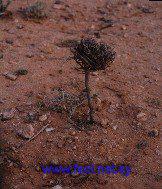
The hygrophytic vegetation
The studies associated the hygro- and hydrophytic (riparian) vegetation in Syria to the volcanic soils and sand stone more than to other soils particularly the limy soils like other parts of the Mediterranean basin.
The most dominant species of the water sources and wetlands in Syria are:
Potamogeton nodosus Poir, Ranunculus sphaerospermus Boiss, Typha australis Schum. et Thonn., T. latifolia L., Iris pseudacorus L., Cyperus spp., Carex spp., Mentha aquatica L., Ludwigia stolonifera (Guill. et Perr.) Raven., Epilobium tetragonum L. and others.
Hygrophytic trees are not absent from Syria such as: Populus euphratica Oliv., Salix acmophylla Boiss. and Salix libani Bornm.
Agro Biodiversity
Agriculture began in Syria 10000 years ago, and the first agricultural community was established on the Euphrates banks 8000 B.C. Syria's wild flora comprises hundreds of plant genetic resources which are the parents of cultivated varieties.
Triticum and Aegilops species , the parents of wheat, Hordeum species the parents of barley, are the most important genetic resources which are developed in Syria, as a part of the Middle East.
Pyrus sp., Prunus sp., Amygdalus sp., Pistacia sp., and Olea sp. are very common and dominant species in the forest and forest like areas in Syria. Also, wild species like Allium sp., Nicotina sp., Grossypium sp., Cannabis sp., and their wild relatives are industrial and medicinal plants that are common as cultivated crops.
